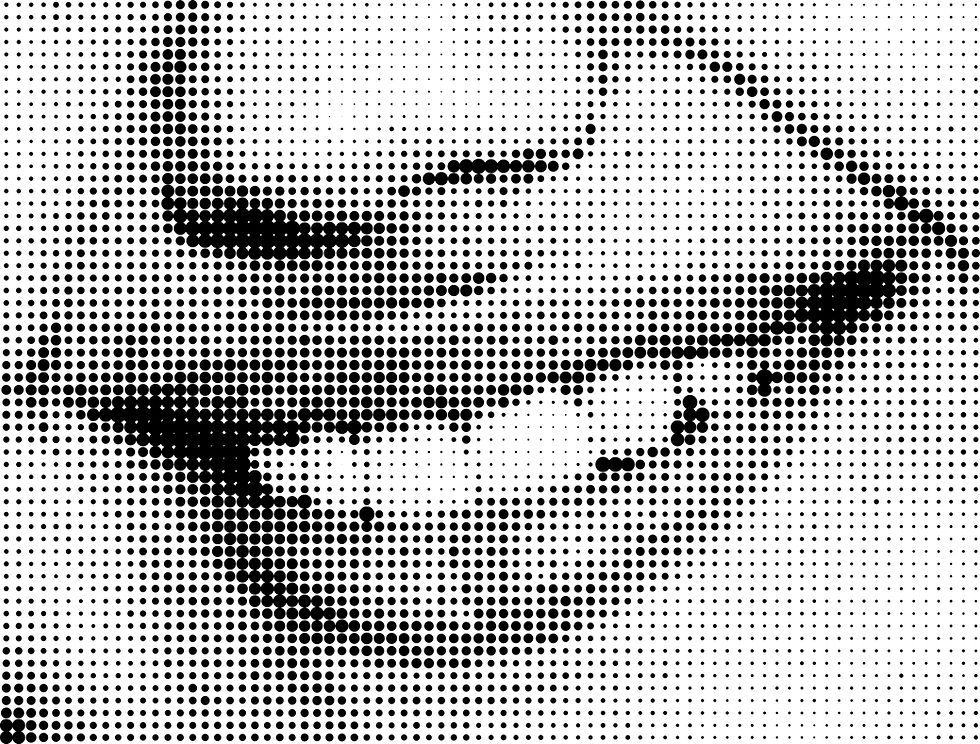A Smile Can Lift the Veil of Social Isolation
- awesome255
- Jan 19, 2021
- 3 min read
Updated: Nov 15, 2023

In college, I read an article in the San Francisco Chronicle that forever changed the way that I interact with humanity. If I could tell the author thank you a million times I would, but sadly, I do not know the author and the article clippings are packed away somewhere in my college boxes.
The story was about a man who had committed suicide by jumping from the Golden Gate Bridge. Strikingly, in the suicide letter, the man wrote that his letter would not be found if at least one person smiled at him as he walked to the Golden Gate Bridge. The man lived a mile and a half away from the bridge. To give you an idea, entire city of San Francisco is seven miles across, has a population of 884,363 people, and has the 4th largest population of any city in California.
This story hit me. It was a time before cell phones, social media, and our twenty-four-hour connectedness, a time where we could be perhaps more in tune and present. That was not the case for the man. He felt isolated and he took his life. In his mind there was a gaping hole, where he was disconnected from himself, others, and life. Often, people who suffer from social isolation feel that they live at the edges of existence, so fitting in and connecting with anyone is a challenge.
Social isolation and exclusion are the greatest components of mental health disorders like depression and anxiety. Nearly 6.7% of the US population has had an episode of depression which encompasses close to 16.2 million Americans. Individuals with greater intelligence self-report a twenty-five percent increase in mood and anxiety disorders. Commonly, people do not talk about their feelings of social isolation, depression, and anxiety. People suffer behind a veil of silence and pain.
Social isolation activates the pain centers in the brain, the same area in the brain for physical pain. When we are in pain, we have a psychological and physiological response to retreat, so we become even more socially isolated. When the root of the pain is not addressed, an individual is at greater risk for mental, physical, social, and emotional wreckage.
In the original article, the man who committed suicide was looking for a smile, a connection. A place to feel rooted in humanity and in his existence. He wanted to not feel alone. Mostly, people want to be told that they are okay. Just okay. That in all of the shadow and light of a person, it is universal to our nature that we just want to hear that we are okay.
I tell you this. You are okay. You are more than okay.
I know that mental illness is a greater issue than just a smile shared with a stranger, but it could be the difference that sparks someone to get the help they need. Ever since reading the article in college, I smile at strangers, and I get all sorts of reactions. But I smile anyway. A smile tells people: you are okay and you are here. If you can find the space to be the bridge for someone to realize that they are not alone, that is a gift.
When we mirror one another’s behavior, we activate mirror neurons in our brains and model one another. A mirror of a smile in the brain generates a smile within, a connection, and a pulse of neurons firing. You radiate light and they radiate the light. A mirror, reflecting that we are part of something larger than we can ever imagine. As simple as life beginning with a smile.
If you suffer from social isolation,
May you find connection.
May you find ease.
May you find peace.
May you find healing.
If you or someone you love is suffering from mental illness, here are a list of resources.
https://www.nimh.nih.gov/health/topics/depression
https://www.nimh.nih.gov/health/topics/psychotherapies/
http://www.mentalhealthamerica.net/find-support-groups
http://www.pbs.org/inthebalance/archives/whocares/resources.html
https://suicidepreventionlifeline.org